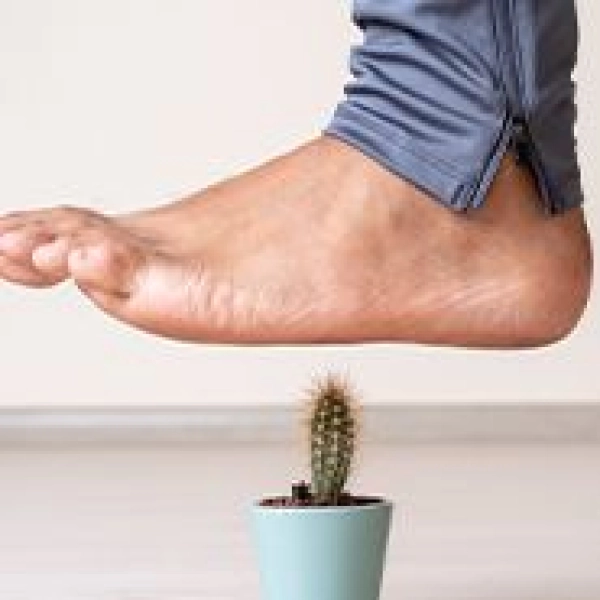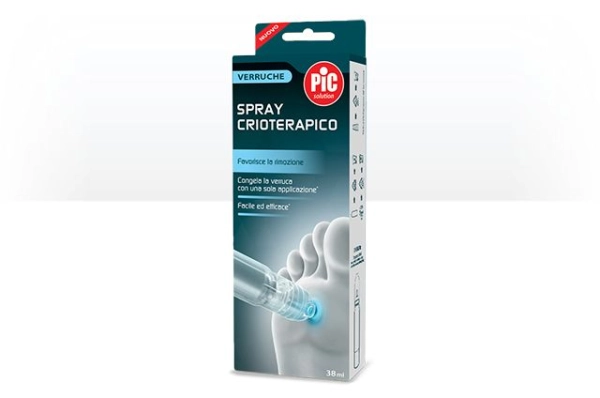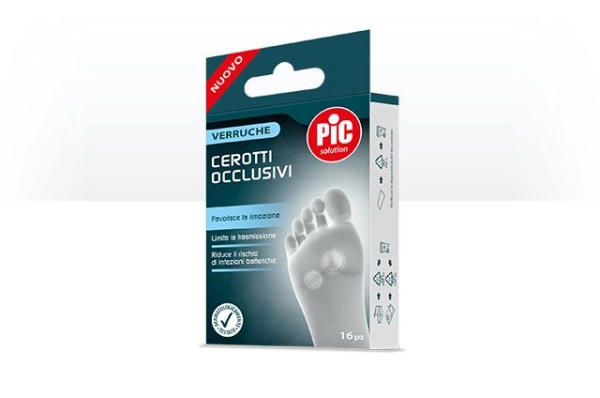

Hydrocolloid technology has revolutionised wound dressings: preserving moisture around the wound accelerates healing, encouraging the growth of new tissue. Like a phoenix rising from the ashes, the skin is thereby able to regenerate even in the presence of larger wounds.
Often used in the form of a gel, this technology is now built-into plasters and other wound dressings intended for common ailments like blisters, calluses, corns as well as infections. The fabrics that support the gel are flexible and water-proof but breathable and can even be used on delicate skin. This allows the dressing to form a veritable "second skin" that adheres for several days and is only eliminated once the wound has healed.
The discovery of hydrocolloid technology is fairly recent. Efforts were pioneered by English biochemist George D. Winter who, in 1963, demonstrated that a moist environment was necessary to facilitate the healing of wounds. Up until then, the belief was that these skin lesions could be treated faster if allowed to dry. However, industrial-scale production of wound dressings based on those gels only began in the eighties.
Hydrocolloid gels are able to absorb and keep a part of the exudate, i.e., fluid naturally released from the lesion which contains bioactive molecules that help form new tissue [see Sources 3]. This allows the cells to grow and divide at a significant rate, accelerating the wound healing process.
Hydrocolloid technology preserves moisture around the wound preventing the formation of a scab, which would inhibit the regeneration of damaged tissue. In the absence of a scab the healing process continues undisturbed, we might say, reducing the risk of scarring and also helping improve the appearance of the skin after the wound has healed.





